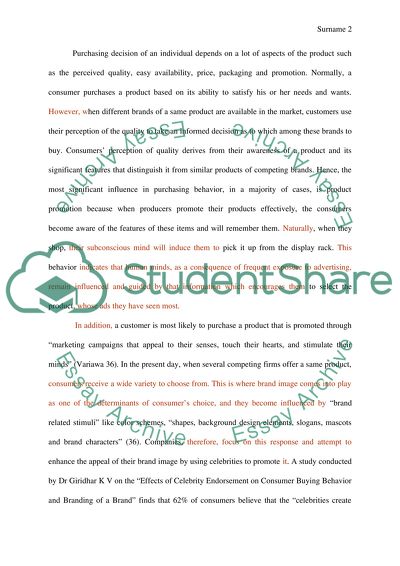Cite this document
(“Media Advertisements Influence Consumers Subconscious Mind and Control Research Paper”, n.d.)
Media Advertisements Influence Consumers Subconscious Mind and Control Research Paper. Retrieved from https://studentshare.org/sociology/1401873-media-advertisements-influence-consumers-subconscious-mind-and-control-their-purchasing-decisions
Media Advertisements Influence Consumers Subconscious Mind and Control Research Paper. Retrieved from https://studentshare.org/sociology/1401873-media-advertisements-influence-consumers-subconscious-mind-and-control-their-purchasing-decisions
(Media Advertisements Influence Consumers Subconscious Mind and Control Research Paper)
Media Advertisements Influence Consumers Subconscious Mind and Control Research Paper. https://studentshare.org/sociology/1401873-media-advertisements-influence-consumers-subconscious-mind-and-control-their-purchasing-decisions.
Media Advertisements Influence Consumers Subconscious Mind and Control Research Paper. https://studentshare.org/sociology/1401873-media-advertisements-influence-consumers-subconscious-mind-and-control-their-purchasing-decisions.
“Media Advertisements Influence Consumers Subconscious Mind and Control Research Paper”, n.d. https://studentshare.org/sociology/1401873-media-advertisements-influence-consumers-subconscious-mind-and-control-their-purchasing-decisions.


